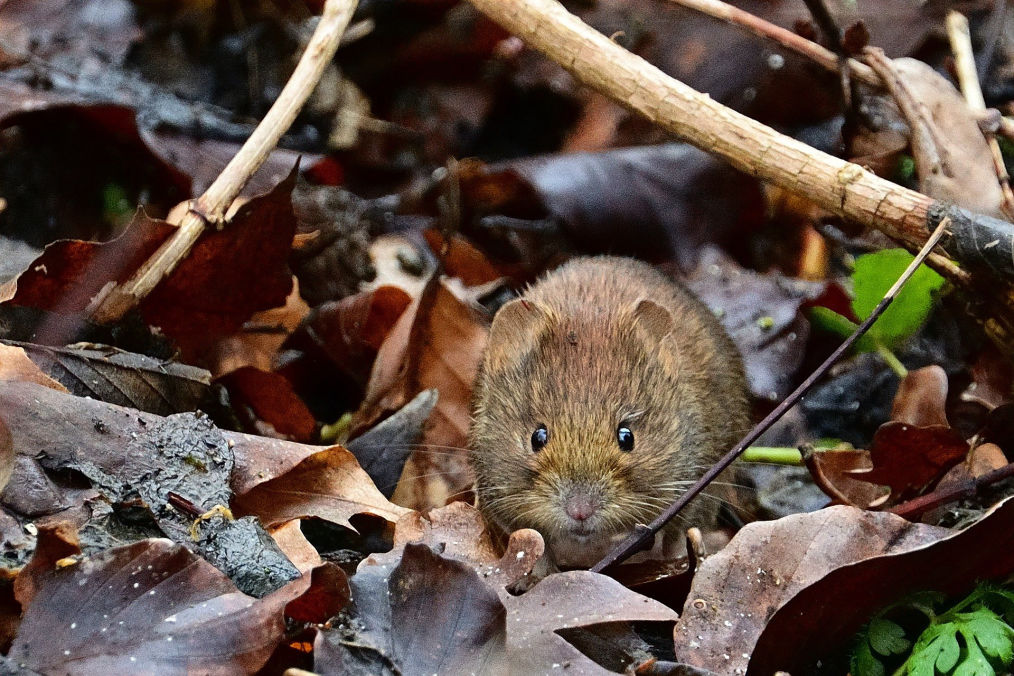
Voles
Voles can be found in every state of the mainland U.S. and Canada. There are over 23 species (Genus - Microtus in North America. Voles are frequently mistaken for shrews, field mice & deer mice. While similar, distinguishing features include longer, coarser hair, and a larger head size.
Voles inflicted varying degrees of damage on 40-50% of grass seed acreage (a $300mm a year crop) in the Willamette Valley, leading to stand loss as high as 60% during 2003. Meadow Voles (Microtus pensylvanicus) can cause unsightly runway damage to lawns & golf courses.
Voles live in nearly every type of habitat, from rocky slopes in forested mountains and low boggy meadows to urban streets and inside peoples’ houses. Some move about on the surface of the ground, while others keep to thick vegetation, rock crevices or tunnels. Most feed at night and remain active year-round.
